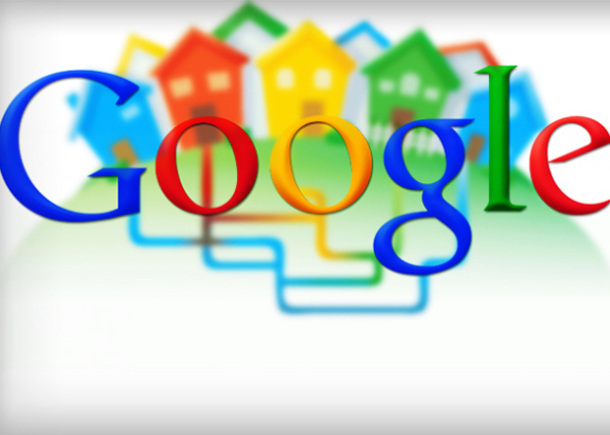 Google says it foresees a future of advertising a few years from now in which they could appear on anything from thermostats to refrigerators to car dashboards and watches.
Google says it foresees a future of advertising a few years from now in which they could appear on anything from thermostats to refrigerators to car dashboards and watches.
The official remark that such devices could soon be serving “ads and other content” appears in a formal filing to the US Securities and Exchange Commission (SEC) made in December 2013 but only just released. But it drew a quick rebuttal from Tony Fadell, chief executive and founder of Nest, which makes internet-controlled thermostats and was acquired by Google in January for $3.2bn.
“Nest is being run independently from the rest of Google, with a separate management team, brand and culture,” Fadell told the news site Re/Code. “We have nothing against ads – after all Nest does lots of advertising. We just don’t think ads are right for the Nest user experience.” Fadell had previously had to emphasise that the acquisition of Nest by Google would not lead to a change in its privacy policy or data sharing.
Google also put out a statement in which it said it aimed to “clarify the language” of the filing and that “Nest, which we acquired after this filing was made, does not have an ads-based model and has never had any such plans.”
Google generates around 95% of its revenue and almost all of its profit from online advertising. The filing followed pressure from the SEC to break out the sources of its advertising between PC-based “desktop” and “mobile” sources. Some investors suspect that mobile ads generate lower revenues and interaction, and that the shift of internet use towards mobile phones and away from PCs could affect Google’s revenues.
But in the filing the company says that many different elements affect the profitability and value of its adverts, such as whether they appear on sites it owns, exchange rate movements, and whether new ad formats are available on different platforms.
It also says that lumping both mobile phones and tablets into a single “mobile” category could be misleading because tablets’ usage “has much more in common with desktops than with handsets”. The company suggests that “It is increasingly challenging to define what exactly a “mobile” platform is from period to period – and what it will be going forward.”
It also expects “smart devices” to start changing the market for online advertising. Google has already indicated its interest in extending the use of its Android mobile software to other platforms. In January it signed a tieup with car manufacturers including Audi, General Motors, Honda and Hyundai to bring Android to car dashboards.
Then in March it announced its “Android Wear” initiative to bring Android to smartwatches and other wearable devices.
In the past few weeks it announced that its Google Glass wearable device is available to buy for anyone in the US.
Google also revealed in the filing that during 2013 it “pursued but discontinued a potential buyout of a foreign [non-US] company, with a valuation estimated in the range of $4 to $5bn”. The company isn’t named; Google’s largest purchase of a non-US company during 2013 was of the Israeli traffic mapping company Waze, which it bought for $1bn.
• Nest smoke alarms returning to sale amid reports of total recall













